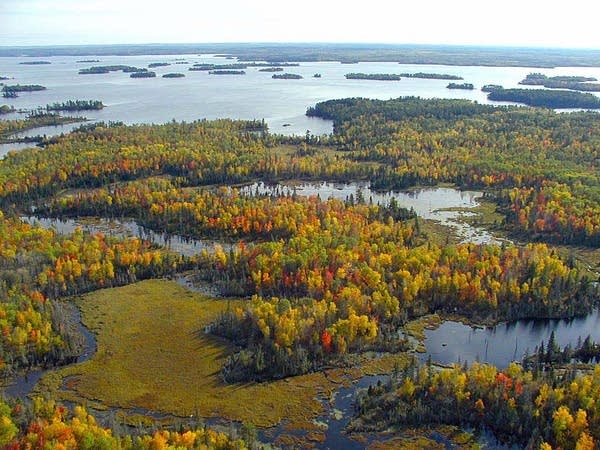Study of Minnesota lakes finds widespread drug contamination

Lake Kabetogama, one of three large lakes that make up Voyageurs National Park, was among the 11 lakes tested for pharmaceuticals and other chemicals.
Photo courtesy of Voyageurs National Park
Go Deeper.
Create an account or log in to save stories.
Like this?
Thanks for liking this story! We have added it to a list of your favorite stories.


